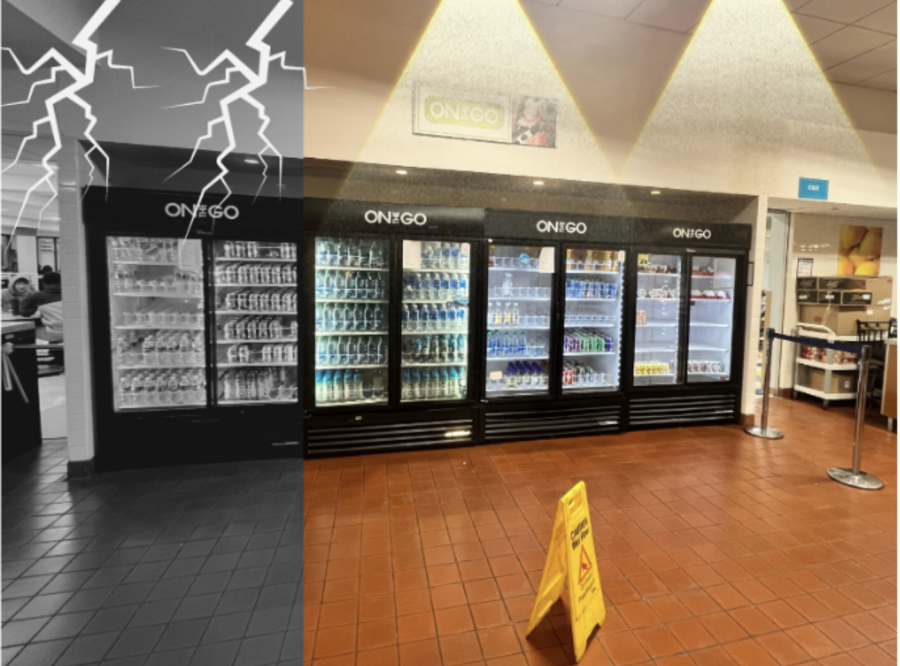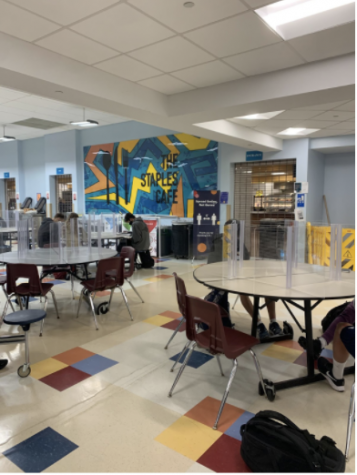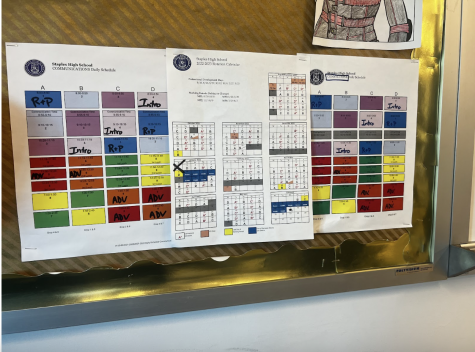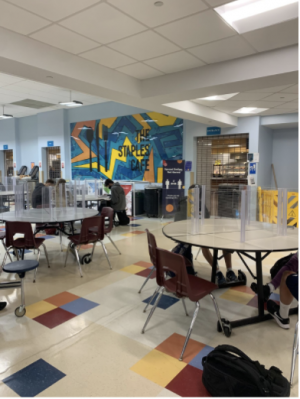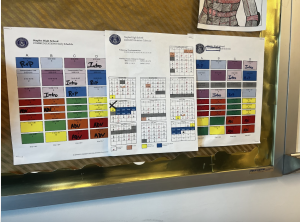Numerous cafeteria food options are turning to trash
There seems to be a strikingly obvious discrepancy between both sides of the lunchroom refrigerator, students congregate alongside the side with more options, and flashier designs, while the other side is left untouched.
When I enter the lunchroom and look inside the cafeteria I see the same things most days. An abundance of chips, pretzels, cookies, pie, cake, core energy water and sometimes smores. This is great for some students, but others, like myself, see certain snacks going untouched. Along with the food, water bottles like Aquafina and Dasani seem to run out much less often than the latter. An abundance of food options that goes untouched is reckless.
Unfortunately, shipping, packing, storing, and delivering foods that students want specifically can be a challenge, especially when there is a limited way of getting the treats everyone wants. Candy or snacks that contain more fats and sugar have been looked down upon by The United States Department of Agriculture and, according to a study conducted by The Morning Dallas News, they are banned from being sold at most public schools since 2010. Leaving healthier and less tasty alternatives more prone to becoming wasted. Accessibility contributes to a big reason why many students prefer specific cafeteria items over others. I gravitate towards sports cap bottles or selected waters with a greater “pH balance,” over bland name-brand bottles of water such as Poland Spring or Dasani.
The surplus of food wasted seems like a crime when each and every one of us deep down has a favorite food that we want to be sold at Staples — Nile Jean '24 said.
A possible compromise could be surveying students for reasonable snacks and drinks that they want and allowing the majority favored to have the items that they want (unless faculty finds it unreasonable). Once the student body can come to an agreement about only having certain snacks available, it will contribute to less waste in our cafeteria. Maybe we can factor in the fact that faculty and students alike eat the things that they like, or the things that are easily accessible, like a protein bar for an athlete, or a sports cap water for a singer. In my opinion, the day we factor in those needs is when we can advance as a school in becoming less wasteful.

Everyone has a different motivation to join Inklings — Staff Writer Nile Jean ’24 endeavors to hone his writing skills.
“I thought journalism...












































